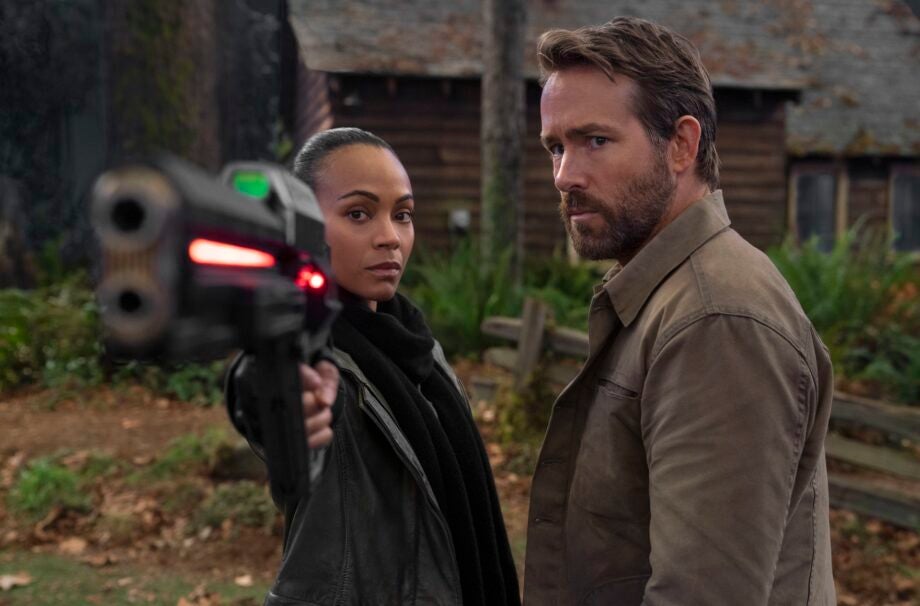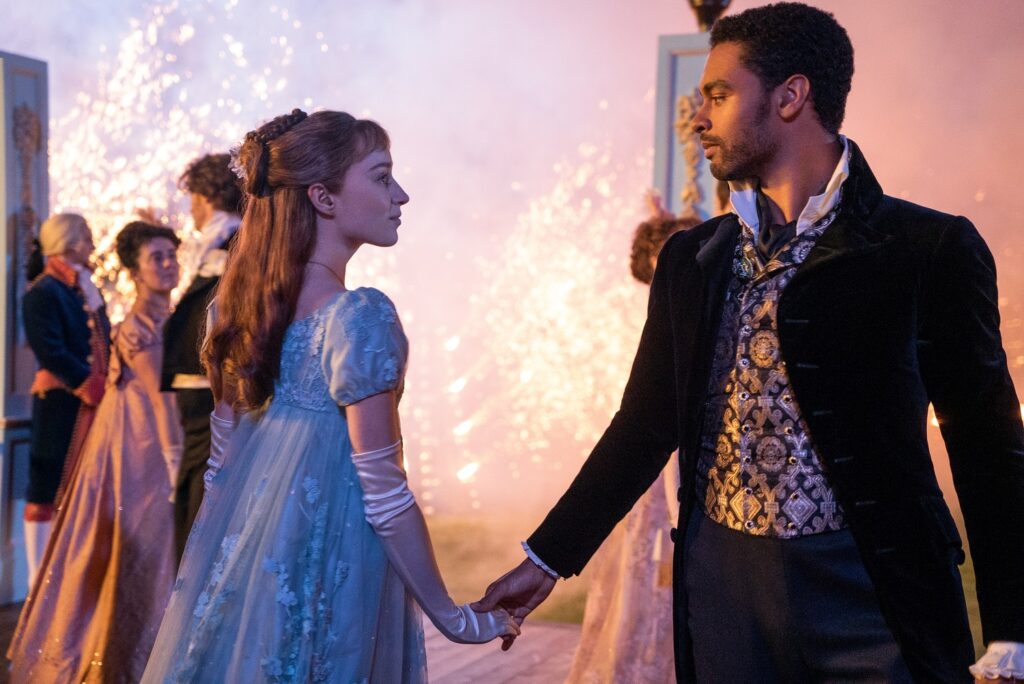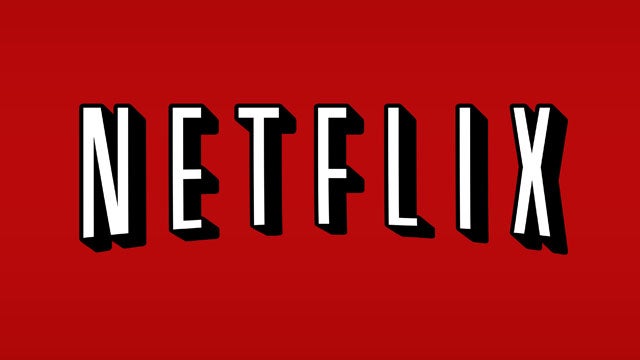Ads? Live shows? Netflix is failing, its saviour is the TV model it tried to replace

OPINION: Talk of ad-supported tiers and live broadcasts? Regular price hikes and shedding viewers due to better quality on other channels? The more Netflix is forced into change, the more it resembles the television empire it tried to replace.
Isn’t it strange how the more things change, the more they stay the same? A little adversity and Netflix, the great video disrupter that brought us from the dark ages of broadcast television, goes running for the advertisers that have impeded viewing on traditional mediums since telly was invented.
It won’t be alone in offering ad-supported tiers – Disney is gonna do it too – but it goes against the grain of a company whose vision was ensuring viewing freedom for those who paid their subscription fee.
Just this week a Deadline report stated Netflix is preparing live streamed broadcasts for events like talent shows the public can vote on. That sounds a lot like television by appointment to me.
It’s a strange flex for a streaming platform that’s all about watching on your own time and never having to wait more than the next minute – let alone the next week – for another episode.
Reality is setting in for Netflix and it is turning to traditional TV approaches to stem the tide. The more this happens, the more television industry figures must feel vindicated. ‘Oh, you need ads too? You’ve recognised the importance of live television?’ Welcome to the real world, Netflix.
I’m not saying traditional TV is going to see off Netflix, but the more parallels drawn between the two, the better it is for the linear viewing model, now backed by their own robust streaming apps and on-demand options, and far better equipped than it was a decade ago to battle this Silicon Valley-backed onslaught.

Password scaring
While subscriber numbers were rising exponentially for Netflix, the company had a liberal attitude towards password-sharing. It knew it was going on, but the more eyes on its original content, the better. It was refreshing, considering the way Hollywood would prosecute their own grandma for watching an unauthorised download of their films.
In 2016, CEO Reed Hastings described it as a “positive thing.” In his eyes, those people would be so enamoured by what Netflix had to offer they’d end up with their own subscription. That approach, in part, led to over 222,000,000 million people paying for Netflix as of April 2022. Now the global subscriber numbers have dropped for the very first time (200,000 and less than 0.1% overall), and suddenly password sharing is an evil that needs to be combatted.
The reason Netflix is suffering right now isn’t because of password sharing; that’s an excuse. The real reasons are plentiful.
It continues to put the prices up when options like Disney Plus is available for about half the price. It is suffering because there are streaming services putting out better quality content and the economic climate means households are having to trim the fat.
It was once the best value in entertainment, but of all the streaming services available right now (don’t forget Game Pass), Netflix is the most expensive and feels among the most expendable.
Its competitors are arguably producing more content that hit those cultural touchstones. Whether it’s Marvel, Star Wars, and Pixar on Disney Plus, or the latest must-see HBO show. Whether it’s Apple TV hits like the returning For All Mankind, Severance, and the venerable Ted Lasso, or Amazon Prime’s The Boys and the upcoming Lord of the Rings series. There’s so much out there right now, including this fella arriving a week from now…

Turning the channel
This is what happens in the TV industry. When the other channel just has better stuff, viewers reach for the remote. And who can blame those subscribers leaving Netflix right now? Its original content strategy has become bloated and unfocused. There’s too much chaff and nowhere near enough wheat in that vast field.
There doesn’t appear to be a long-term vision, and commitment to series beyond two seasons is flaky at best. Just like the network TV channels that have no qualms about ditching an underperforming show after a season, regardless of the cult following generated and stars attached.
Netflix is experiencing what all high-profile TV studios and broadcasters have experienced at some point. The realisation that the glory days can’t last forever, that the hits cannot keep coming and that unbridled spending is unsustainable. Failure to deliver must mean change. Right now, Netflix is compromising its ethos and looking to the past for its saviour. That’s a moral victory for the legacy television industry.
Maybe little old telly wasn’t so bad after all?




